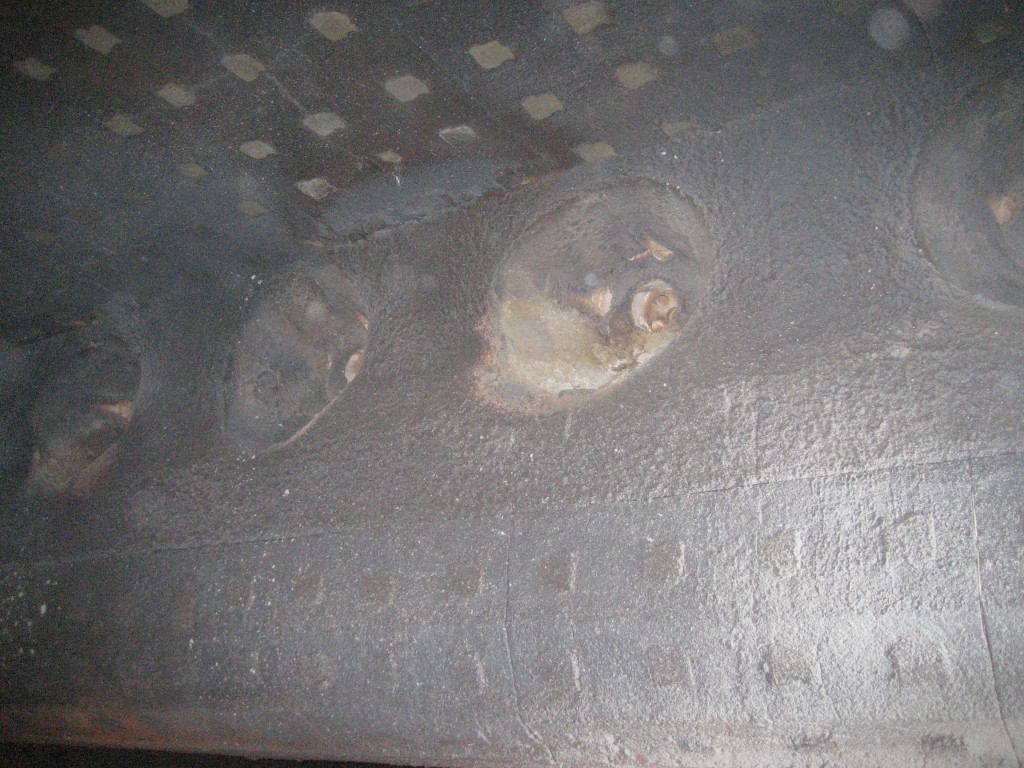How To Choose the Best Refractory Material
We commonly hear engineering and maintenance managers tell us, “I want to use the latest technology” or “I want to use the best refractory material.”
It’s a logical request, right?
And there’s been some buzz in our industry over the past few years about new refractory materials on the market such as gunite and shotcrete technologies that incorporate colloidal silica or other similar binder systems. And in the right applications these are really good materials.
We appreciate buzz about new refractory products, but we’ve been noticing that it’s causing some of our prospects and customers to ask for (or in some cases, demand) a specific product.
And in some cases, that’s a mistake.
It’s About the Application, Not the Material
Let us start by stating that there’s no single “perfect” refractory material. There are many well-engineered refractory products that are ideal for some applications, but a poor fit for others.
The focus should be on the best material for the specific application. Because the application is what matters most – even more so than the material. Naturally time and cost come into play.
Let’s take a look at an example. In the below photo, the material on the burner wall was installed via shotcrete by another contractor. It lasted 3 years before failing.
The next photo shows the same type of burner wall in a similar facility, but it uses rammed plastic instead of shotcrete. F.S. Sperry installed this rammed plastic over 11 years ago. It’s still holding strong in 2015.
Both shotcrete and rammed plastic are good materials. But on the surface, someone starting in our craft would probably consider shotcrete a better material than rammed plastic. It’s a common conclusion, but the above example shows:
Though rammed plastic is not considered “the best” refractory material technologically, it far and away outperformed shotcrete in this application!
Beware of the Hype
Setting up shop as a refractory contractor isn’t difficult. There are plenty in our industry who have come and gone over the years. But staying around is difficult.
One thing to watch out for when reviewing contractors in our craft is the contractor who universally pushes a specific material for most applications. They may be genuine in their promotion of a new high-quality material, but if that’s all they do, they’re going to recommend it for every application, right?
Neither the contractor nor the customer understands what’s happening at the time: the contractor is recommending a new material, and the customer wants the best material, so all is good, right?
And then the refractory underperforms or worse, fails, and nobody understands why.
If we recommended using rammed plastic instead of high-tech shotcrete or castable, an inexperienced plant manager might feel like we’re not offering him the latest technology and best material. But keep in mind that sometimes, hype is short-lived. Since many contractors no longer know how to properly ram plastic, there’s no hype about it.
Rammed plastic wasn’t sexy or cutting edge for this customer, but it was clearly the “best” refractory material for their application. Just like they requested.
Takeaways
- Research your material options fully — particularly with regard to lifespan in your specific application.
- Be leery of contractors who focus on a single material or single application type. We call them one-dimensional contractors.
- Decide what you want to spend.
- Work with a team who understands a wide variety of materials and application methods to find the best material and price combination for you.
Of course, we hope you’d reach out to us and let us help you select the best material for your application.
Comments are closed.



